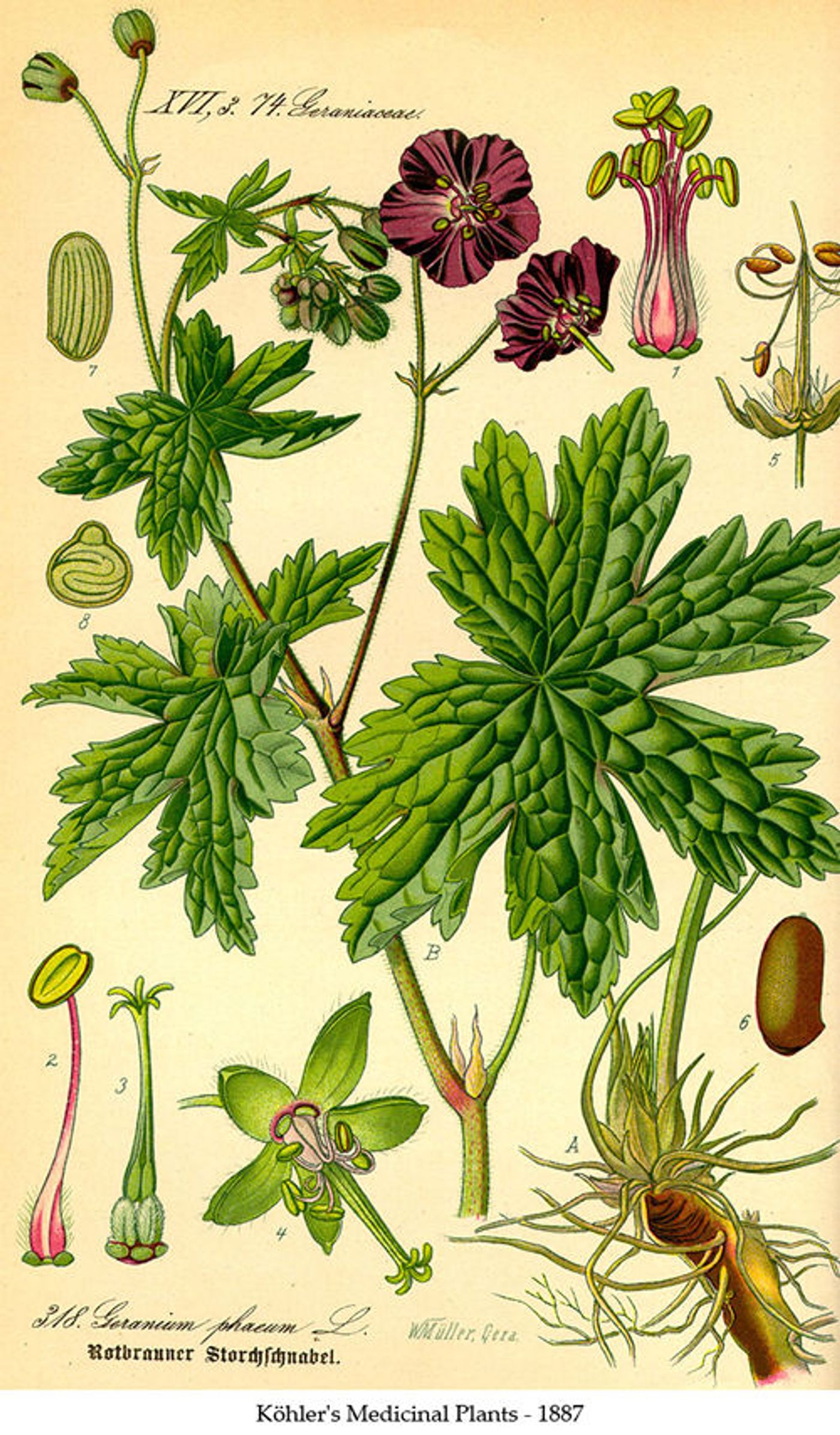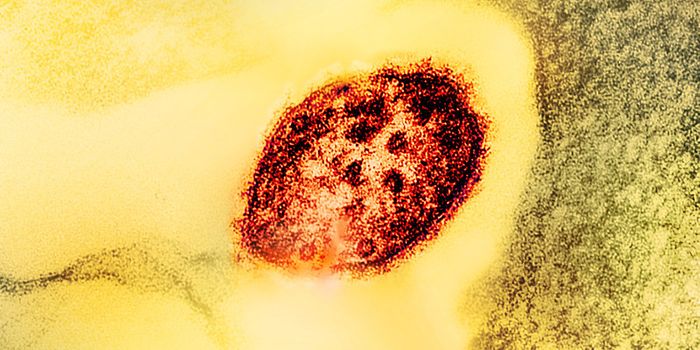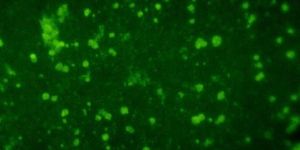Plants vs. Malaria
The World Health Organization estimates that some 212 million people contracted malaria in 2015, and nearly 430,000 people died from the disease.
As is the case with most pathogens, many strains of the malaria parasite are now resistant to drugs. Don’t fret, a recent report in the journal Phytomedicine describes a (somewhat) new and surprisingly successful approach to treating malaria.
The article reports that 18 patients in the Democratic Republic of Congo were critically ill with malaria, and none had responded to the standard treatments of last resort - artemisinin combination therapy (ACT) and artesunate. ACT combines artemisinin extracted from the plant Artemisia annua with other drugs. Importantly, ACT is expensive and it is often in short supply.
Because these patients were out of options, they were treated with dried-leaf Artemisia annua. Essentially, A. annua leaves are dried and formed into a tablet. Study author Pamela Weathers from Worcester Polytechnic Institute has pioneered the use of dried-leaf Artemisia (DLA) to treat malaria that is resistant to standard treatments.
According to Weathers, “to our knowledge, this is the first report of dried-leaf Artemisia annua controlling ACT-resistant malaria in humans. Successful treatment of all 18 ACT-resistant cases suggests that DLA should be rapidly incorporated into the antimalarial regimen for Africa and possibly wherever else ACT resistance has emerged."
The patients were treated with DLA for 5 days, after which no parasites could be detected in their blood.
So, why is DLA more effective than ACT treatment? After all, both contain artemisinin. One reason is because the dried leaves deliver 40 times more artemisinin to the blood than ACT treatment does. The leaves also contain other phytochemicals that have antimalarial properties and that may help artemisinin be absorbed into the bloodstream.
Weathers and her group have also shown that A. annua leaves cure rodents that are infected with artemisinin-resistant malaria parasites. What’s more, the parasites don’t seem to become resistant to the dried leaves - the researchers passaged the parasite through 49 generations of mice, and none of the parasites developed resistance.
And not to mention, making DLA is much easier and cost effective than purifying artemisinin. Making DLA does not require any special expertise, and it does not require expensive equipment. This means that A. annua could be grown and processed by communities that are burdened with malaria - producing jobs and life-saving medical care. According to Weathers, "this simple technology can be owned, operated, and distributed by Africans for Africans.”
Sources: Phytomedicine, Science Daily









